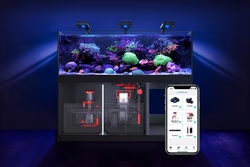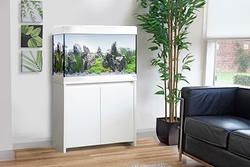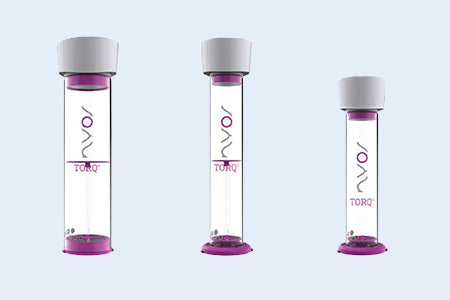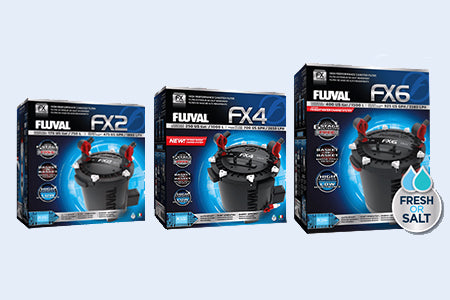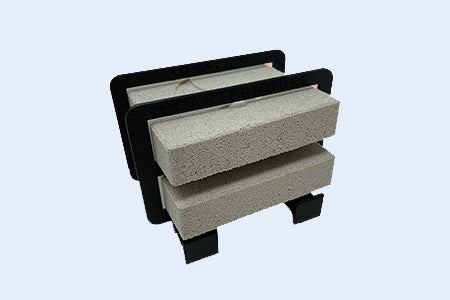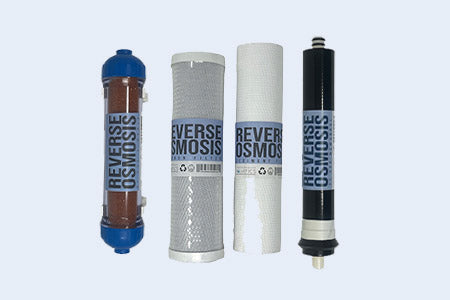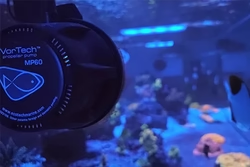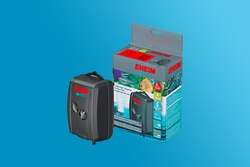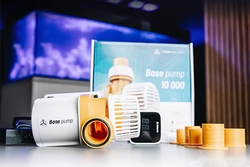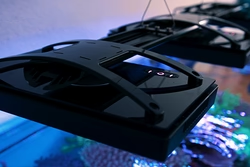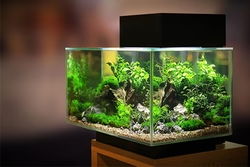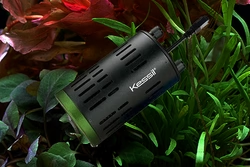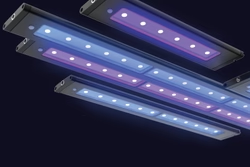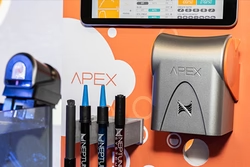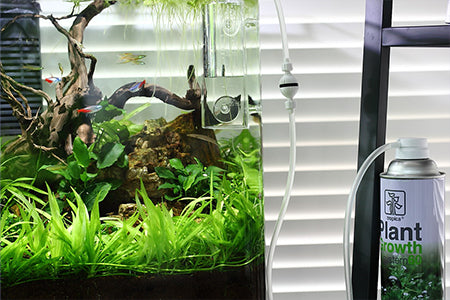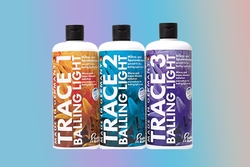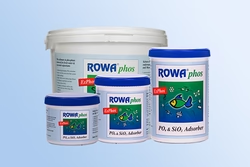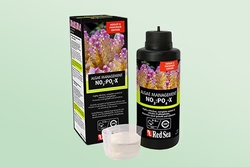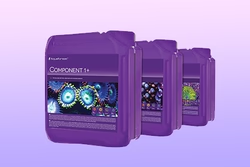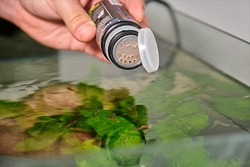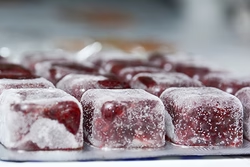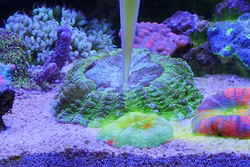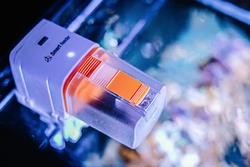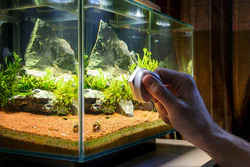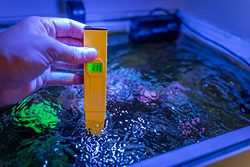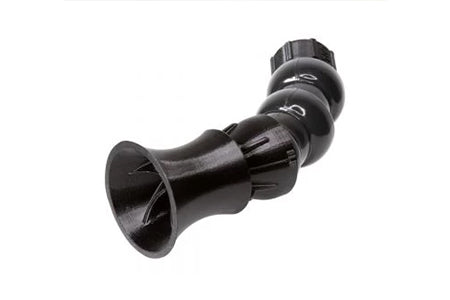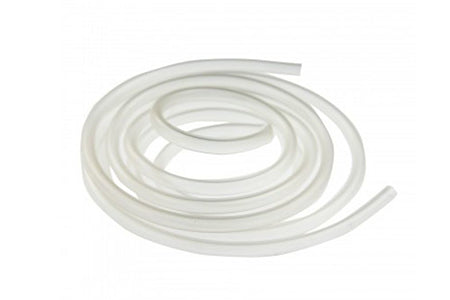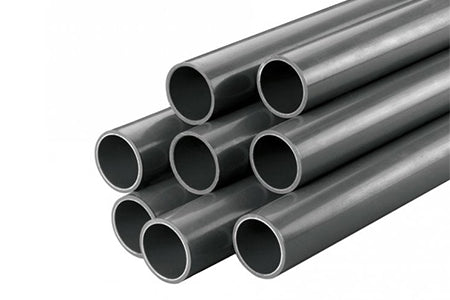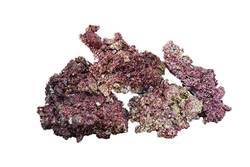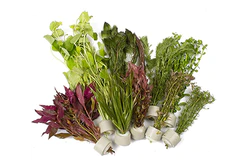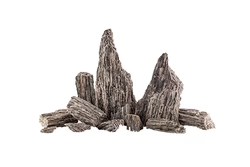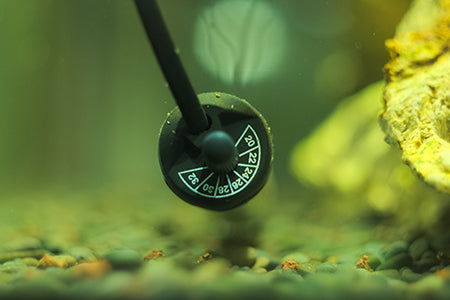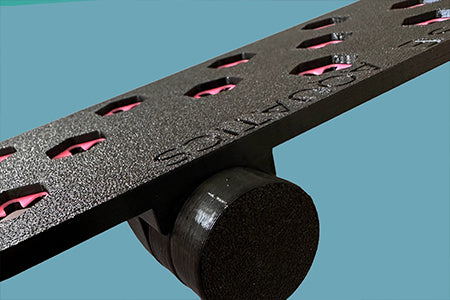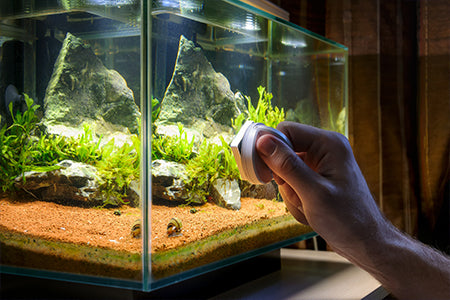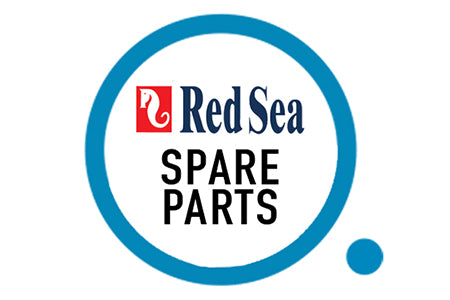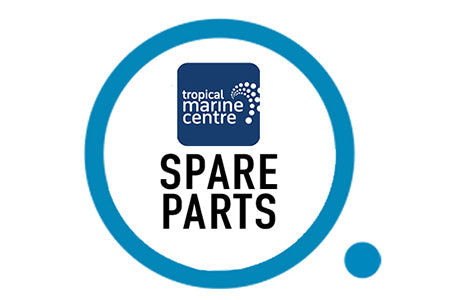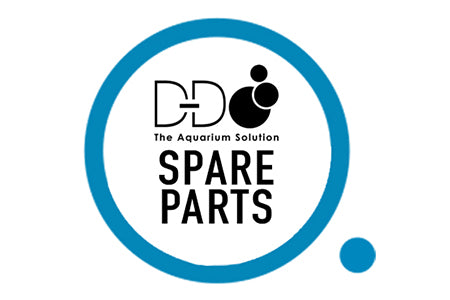Not all salts are created equally. The new paradigm in salt is not only about “parameters”. This is a remedial expectation of a quality salt. What separates the men from the boys is purity. Luckily for hobbyists, the difference in salt purity can be proven and seen empirically beyond any doubt.
Heat
Typical salts that contain moisture generate little to no heat at all when mixed with water. This is because the materials are already hydrated, slowing down the absorption rate. Hot Salt’s anhydrous materials, on the other hand, are the exact opposite. They have been quality controlled to such a degree that they contain no moisture so that they contain no contaminants. The average concentrated exothermic benchmark for salt mixes range from 80-120 degrees Fahrenheit. By comparison, Hot Salt registers at temperatures above boiling!
Grams
Hot Salt requires the fewest grams of any other salt to reach desired salinity. For instance, if Hot Salt requires 35g per liter and another salt requires 38.5 grams to achieve the same salinity, that is 3.5 grams of water difference! In relation to a 25 kg bucket the difference is not grams, but kilos! And in those kilos of water is nitrates, phosphates, organics, heavy metals, and the whole scope of contaminants that are found in salt moisture. It doesn’t take a scientist to see the cumulative effect this has on the aquarium over time.
Clearing And Ready Time
Unlike other salts that leave residues that linger, Hot Salt is completely clear in around six minutes and is ready to use in one hour. The reason is because Hot Salt utilizes all naturally occurring components*, thus relying on far fewer chemical reactions to achieve proper mix and equilibrium. Hot Salt is, without a doubt, the envy of all other salt mixes.*Synthetic components can also cause a higher exothermic reaction due to prolonged reaction time but is not related to dryness or purity
INSTRUCTIONS
Measure 1 lb (453.5 g) of ATM Hot Salt™ per 3.6 (US) gal (13.7 l) of pure water to achieve about a 33 ppt salinity or 1.023 specific gravity at about 77 ?F (25 ?C). Using this measurement, 3.78 grams of Hot Salt™ will achieve a salt concentration of about 1 ppt per gal (3.78 l). Always mix Hot Salt™ in a separate container prior to introducing to any aquarium. Depending on the mineral content of the “make up” water, Hot Salt™ may show haze for 5–20 minutes while it finds an equilibrium with minerals and salts already present within the “make up” water. Hot Salt mix is ready to use after one hour.
NEVER MIX Hot Salt™ DIRECTLY INTO THE AQUARIUM. TO AVOID INJURY NEVER PLACE WET HANDS DIRECTLY INTO HOT SALT™ AND ALWAYS USE CLEAN LATEX GLOVES WHEN HANDLING. TO PREVENT CONTAMINATION, ALWAYS MAINTAIN THE UNUSED PORTION OF HOT SALT™ IN A TIGHTLY CLOSED CONTAINER AND STORED IN A COOL DRY LOCATION SO TO ENSURE SUPERIOR QUALITY.




